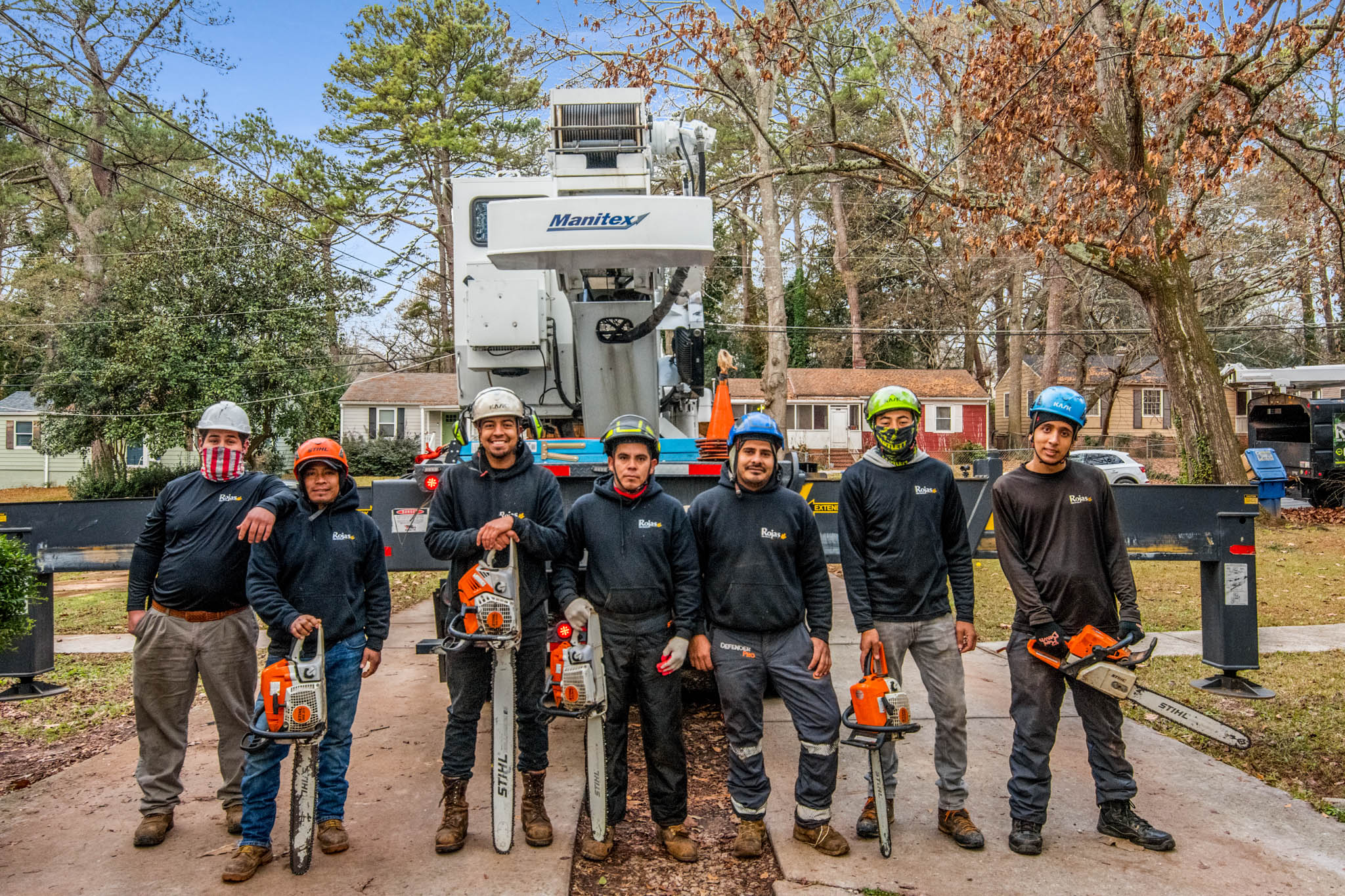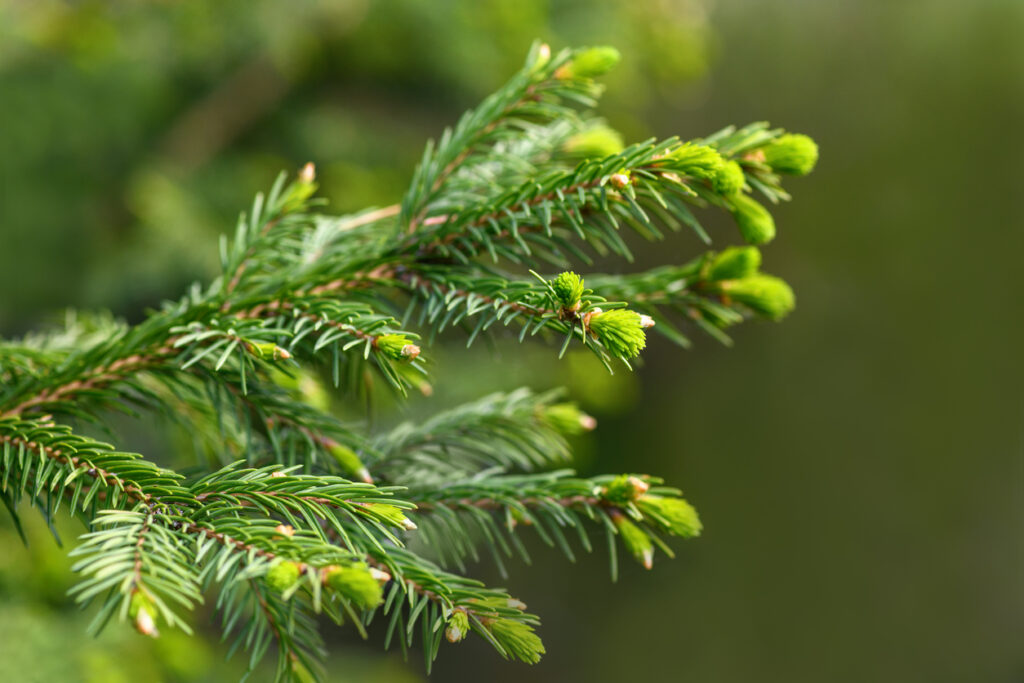
Understanding the Normal Life Cycle of a Healthy Pine Tree
Before we dive into the symptoms of a dying tree, it helps to first comprehend the life cycle and general behaviors of a healthy pine tree. Pine trees, like the festive Christmas tree or the ornamental bonsai tree that brightens up many yards and living rooms, are a type of evergreen tree. Unlike deciduous trees that shed their leaves annually, evergreen trees, true to their name, continue to bear foliage all year round.
Healthy pine trees are distinguishable by their tall, upright stature, characterized by a blanket of green needles contrasted by a rough, brown bark. The pine needles, which are the tree’s primary leaves, are narrow, stiff, and bundled together in clusters. Perhaps the most easily recognizable traits of the pine tree are the pine cones, which come in various sizes and forms depending on the species and are produced as part of the tree’s reproductive cycle.
While pine trees are hardy by nature, they are not entirely impervious to environmental factors. Climate change particularly poses a significant challenge for pine trees. On a larger scale, changes in precipitation patterns, increasing temperatures, and warmer winters have disrupted the accustomed growth and life cycles of pine trees throughout North America and practically every corner of the world.
Yet, on a smaller but still pertinent scale, there are seasonal changes that pine trees naturally go through, which should not be mistaken for signs of poor health. For instance, as late summer rolls into early fall, it’s quite typical for pine trees to exhibit a color change in their needles. During this period, older needles turn yellow or brown before ultimately falling off. This is a normal shedding process that makes way for new needles that sprout in the following year. This cyclic process is a pinnacle of health, sustainability, and revitalization within the life of a pine tree.
To effectively monitor the health and welfare of your pine trees, it’s essential to understand their normal life cycle, seasonal changes, and response to environmental conditions. This understanding lays a solid foundation for spotting any anomalies that could signify diseases or infestations, which we will delve into deeper in the next section.
Warning Signs that Your Pine Tree May Be in Danger
While understanding the life cycle of a healthy pine tree is essential, it’s equally important to recognize the signs that something may be wrong. If you notice unusual behaviors or characteristics in your pine tree, you might be dealing with a sick tree that could potentially deteriorate into a dying pine tree, if not addressed promptly.
Struggling Needles
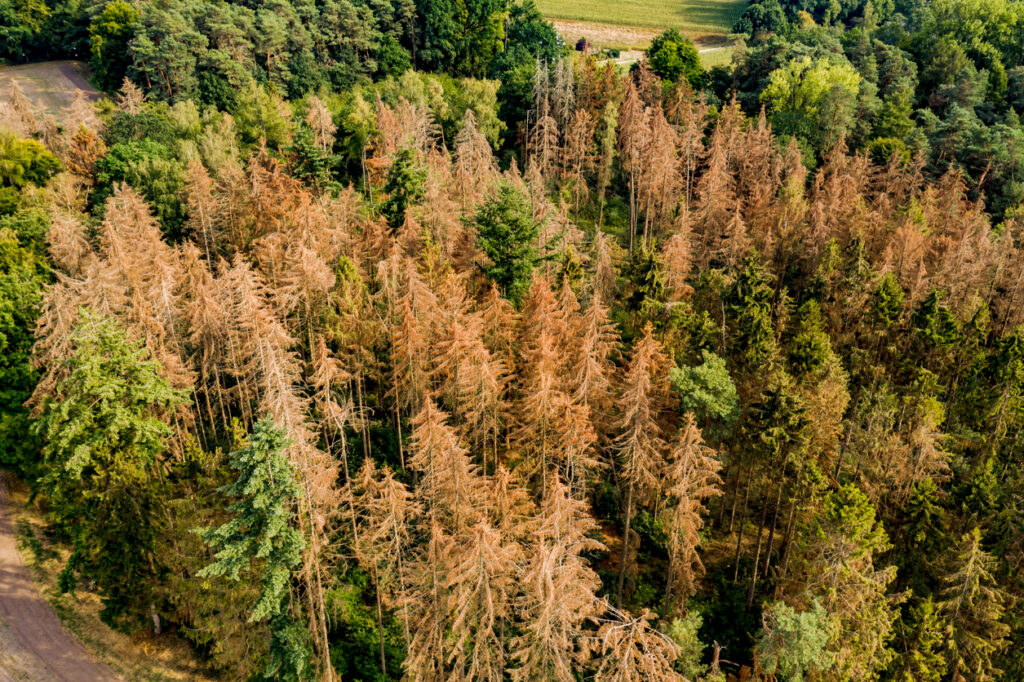
One of the instantly identifiable signs of a struggling pine tree is brown needles or dead needles clustered on a branch or throughout the tree. Normal needle drop, explained in the previous section, occurs during the fall and affects only the older needles, leaving the younger ones vibrant and green. However, if the majority, or the entirety, of a branch’s needles, turn brown, or if the lower branches are bare, the tree might be experiencing water stress, fungal infection, or insect infestation.
Black Spots & Small Holes
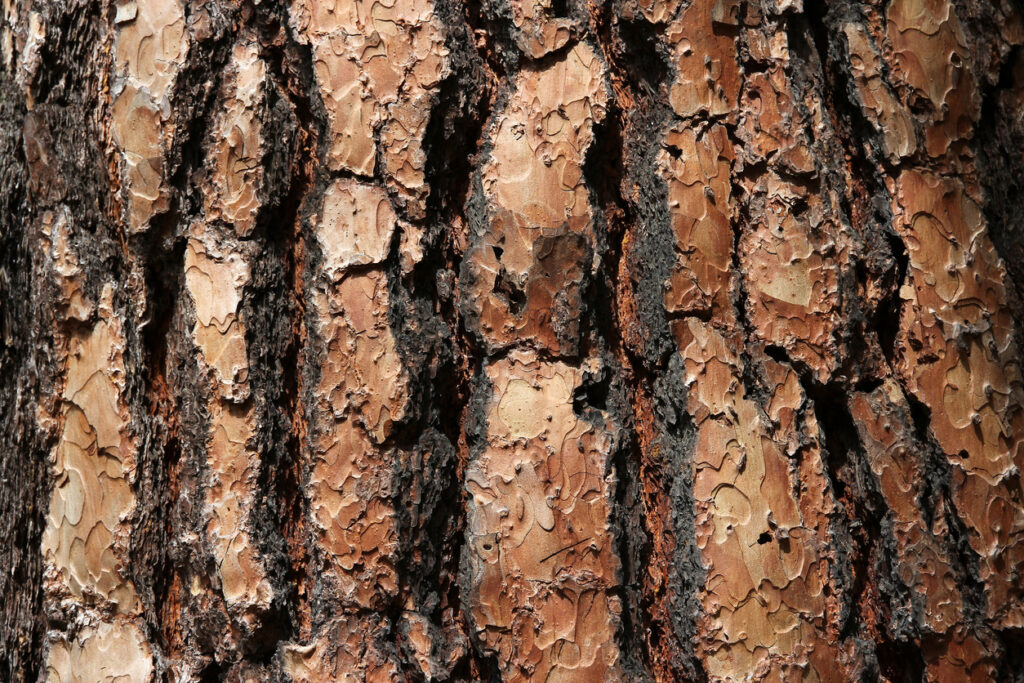
Another sign to look out for is the presence of black spots or small holes in the bark of the tree. This could be a result of a bark beetle or a pine sawyer beetle infestation. Bark beetles, including pine bark beetles, can bore into the tree, laying eggs under the bark. These critters leave behind pitch tubes or ‘popcorn-like’ resin masses that become noticeable on the outer tree bark, serving as another sign of beetle activity.
The Presence of Beetles
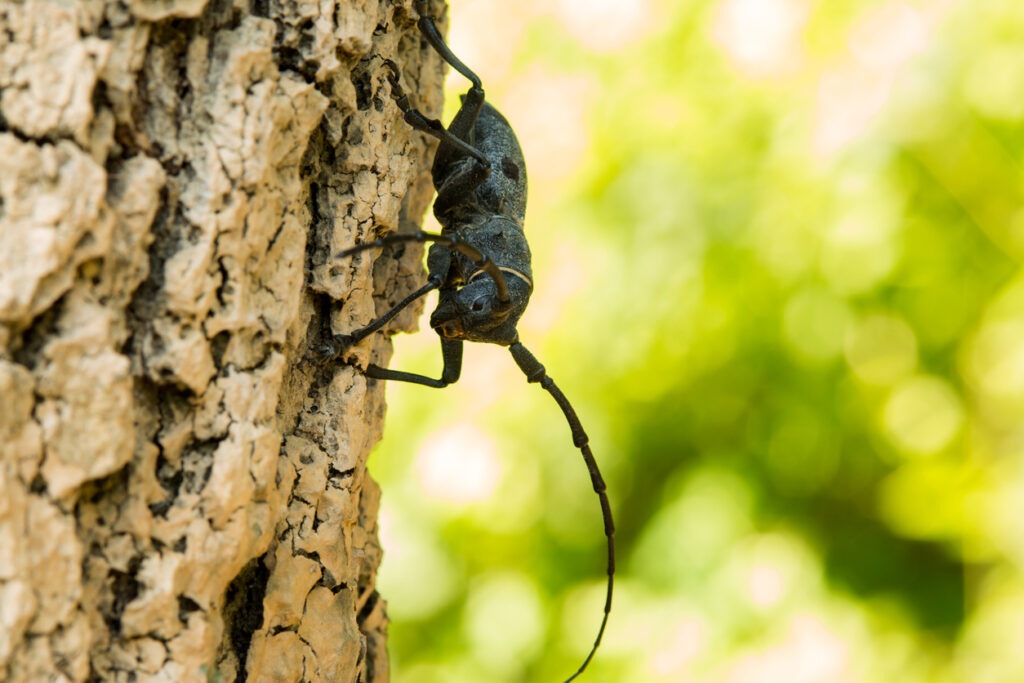
Research indicates that certain species of beetles, including the pine sawyer beetle, are vectors for the deadly pine wilt nematode. This is a microscopic worm that blocks the water-conducting system of a pine tree, leading to wilting, quick color change, and potentially, the death of the tree.
Fungus
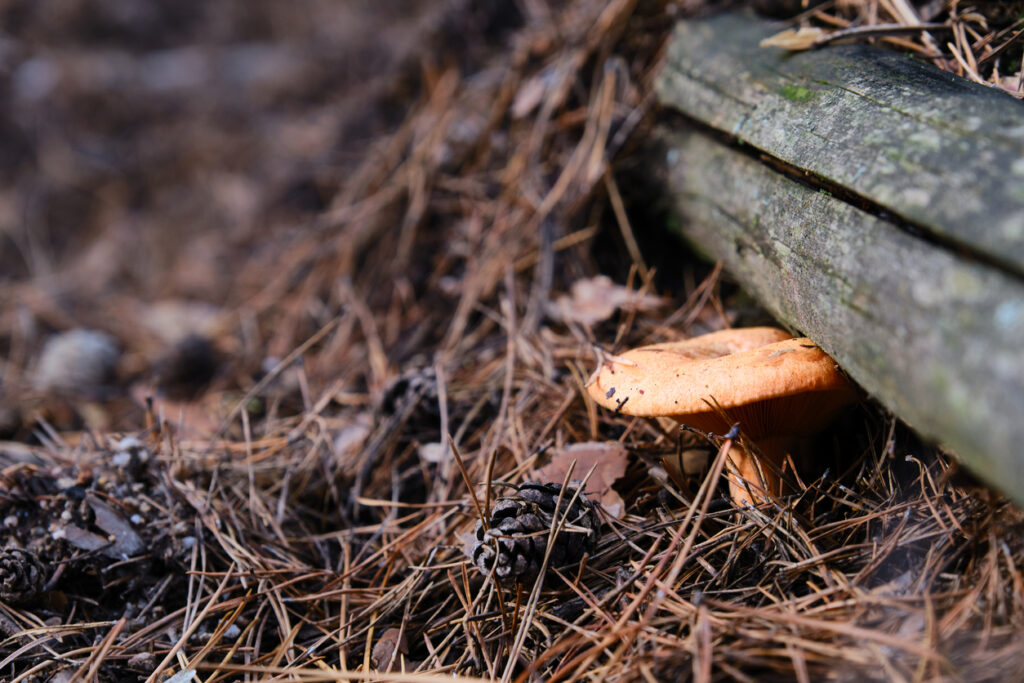
Fungal diseases such as root rot and pine needle blight also pose a significant threat to pine trees. These diseases often leave behind visible signs such as fungal fruiting bodies or affected areas that appear darker or slimy. The dying back of infected branches often quickly follows the appearance of these symptoms, potentially leading to the eventual decline of the whole tree.
In the United States, pine trees provide invaluable ecological benefits. As such, keeping them healthy is of vital importance. If you notice any of these warning signs, it is crucial to take quick action, such as consulting with a certified arborist, to address these concerns and prevent the further spread of disease or infestation.
Deciding if Tree Removal is Necessary
After discerning some of the warning signs your pine tree may display when it’s in distress, the next crucial step is deciding the appropriate course of action. There are instances when intervention can save your sick tree and other times when tree removal becomes the only plausible measure to protect your property and the surrounding ecological system.
Tree removal is a serious decision and not one to be taken lightly. However, circumstances can make it necessary. The most poignant reason is an extensive bark beetle infestation. These tiny insects, as discussed, can tunnel through your tree’s bark and produce pitch tubes that become entry points for fungal pathogens. The coalescence of insect activity and fungal infection can be lethal for your tree. If the majority of your tree is affected, this could necessitate its removal.
Another instance where removal might be the only option is if the tree is standing dead or excessively leaning. A dead pine tree can become a dangerous liability, posing risks to your home, vehicles, and even the people living in your property. A tree with a severe lean might be suffering from root rot, which is another severe condition affecting the structural integrity of your pine tree. If not addressed, root rot could lead to the tree toppling over.
These situations may represent the more extreme end of the spectrum. In many cases, a sick tree does not necessarily mean a dying pine tree. Certain fungal diseases can be addressed with the appropriate fungicides and cultural practices, and, with prompt action, you can often manage insect infestations and control their spread.
However, it is essential to know that each condition requires accurate diagnosis to enable the implementation of appropriate control measures. This is where professional help could be crucial.
When to Consult a Certified Arborist
Pine trees are resilient and often endure environmental stressors, diseases, and pests, thanks to their inherent vitality. However, when the signs of stress go beyond the normal shedding of needles in the fall and extensive damage becomes apparent, soliciting the expertise of a certified arborist is an excellent decision to make.
Arborists are professionals in the practice of arboriculture, which primarily involves the management and care of trees. They are trained to understand the needs of trees and provide the necessary care. More importantly, they have the expertise to diagnose a sick tree, differentiate between a tree that needs treatment and a tree that requires removal, and decide the appropriate steps to care for the tree.
This is where Rojas Tree Service can be of great assistance. Based in Norcross, Georgia, and serving the surrounding metro Atlanta area, Rojas Tree Service brings a wealth of knowledge, years of experience, and a dedicated team of certified arborists to your doorstep. This expert team is well-versed in common tree diseases and pests, especially those affecting pine trees. Whether it’s about dealing with bark beetles, counteracting fungal diseases, or managing the effects of water stress on your tree, they have you covered.
Rojas Tree Service offers a comprehensive array of tree services, from tree pruning, tree and stump removal, and brush removal. These services are intended not only to keep your individual trees healthy but also to improve the health and aesthetics of your entire landscape.
With Rojas Tree Service, you are always one step ahead of any tree health issues. Their professional advice and interventions can significantly help increase the chances of your suffering tree recovering and flourishing again. In scenarios where tree removal is the last resort, you can rely on their expertise to perform the task safely, ensuring minimal damage to the surrounding environment.
Keeping your pine trees healthy is vital, both for the ecosystem and for maintaining the beauty of your landscape. And with a capable tree service like Rojas Tree Service by your side, you can rest assured your trees get the best care possible, thereby ensuring they thrive and continue to add value to your property.
Don’t Wait Until It’s Too Late – Call Rojas Tree Service
At the end of the day, when you see worrying signs about the health of your pine tree, don’t turn a blind eye. Understanding the normal life cycle of a pine tree and recognizing the indicators of disease and pest infestation is only the first step. What follows is swift action and informed decision-making, which can mean the difference between the life and death of your tree.
Whether you’re dealing with water stress, an infestation of bark beetles, or a full-blown fungal disease, each condition has its own defined set of recommendations and treatment methods. It’s paramount to consult experts in the field, such as certified arborists, to ensure proper diagnosis and execution of management strategies.
Rojas Tree Service is the tree expert you can trust. We understand the value of a healthy tree, and we appreciate the role each tree plays in our global ecosystem. That’s why we are committed to extending the highest standards of tree care to our clients in the Atlanta metro area.
If you suspect that you have a dying pine tree, don’t wait until it’s too late. Contact Rojas Tree Service for professional assessment and recommendations. We’re here to help you make the best decisions for the health of your trees and the safety of your property.
Remember, a stitch in time not only saves nine but also the life of your much-loved pine tree!
